FOR AGES 7 YEARS TO 11 YEARS
When they conquered Britain in AD 43, the Romans built the first towns in the country, designing new centres for living, meeting and trading.
Less than 20 years after invading Britain, the Romans had built several major towns, all of which are connected by the now-famous 'Roman roads'. We have gathered all of the most useful and interesting facts about the Roman towns, which is sure to come in handy as Roman towns and cities make up part of the Key Stage 2 curriculum.
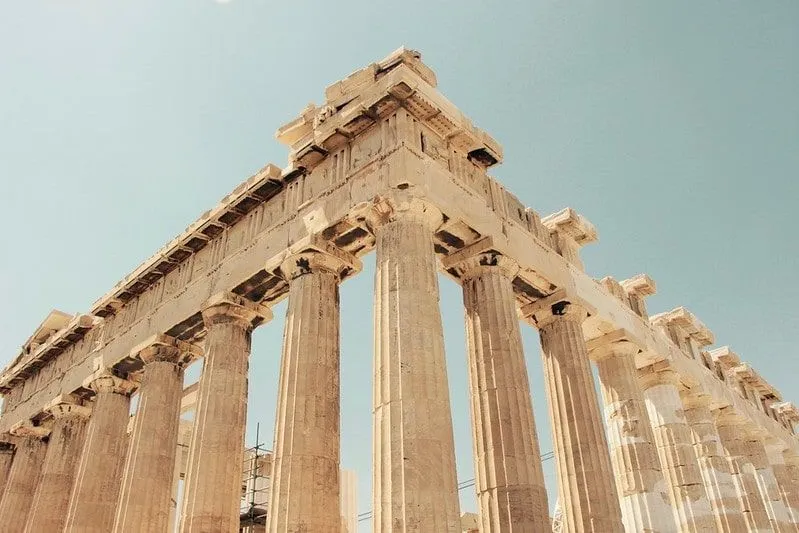
Image © Hans Reniers under a creative commons licence.
Roman towns were filled with beautiful buildings and temples, and they were very well organised, following a grid formation. At the centre of this grid, there was a 'forum', or town centre, which was a large square that was used for meetings and as a place for markets. The forum would be lined with shops and offices along three of its sides, and on the fourth side, it had important government offices. The forum was also the site of a large building called a basilica, which was a building where people came to worship.
Some towns had temples for worshipping gods, and many had open-air theatres, huge decorative arches and public baths, like the one that still stands in Bath, Wiltshire.
Roman towns were designed to have the trade, shops and meeting places in the centre, with houses and living quarters located further out from the centre. Most of these towns had a sewer system and running water, which flowed thanks to the Roman aqueducts - which are bridges that water could move along. Most city dwellers used public fountains, however, the rich had water piped directly into their homes.
The Romans built many roads in Britain, in fact, they built the first roads, as before the invasion Britain only had muddy tracks that criss-crossed around the country. The Romans built 10,000 miles of roads (or 16,000 km), and they designed them to be very straight in order to make every journey as quick as possible. Using large flat stones on top of a foundation of chalk, clay and gravel, the Roman roads were designed with a slight peak in the middle and ditches on both sides so that rainwater was able to drain away from the road.
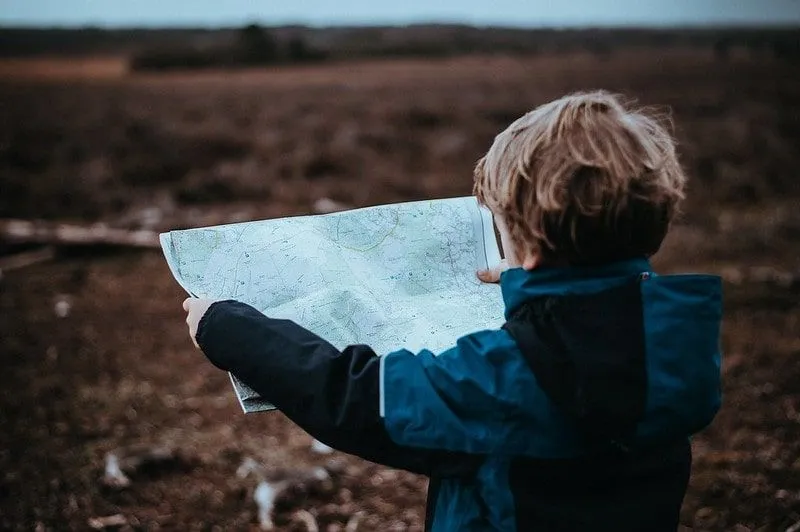
Image © Annie Spratt
The largest Roman town was Colchester, though London and St. Albans were also large and popular Roman cities. Over the years, many Roman town names have changed: St Albans was once called Verulamium and Lincoln was Lindum.
All modern-day towns and cities that end with 'chester', 'cester' or 'caster' were built by Romans, including Winchester, Cirencester and Doncaster. The Romans also built Dorchester, Leicester, Silchester and Gloucester.
Roman settlements were towns and cities that were strategically placed throughout the country. Cirencester was the second largest settlement in Britain. This Roman town was filled with beautiful buildings and plenty of attractions, such as an amphitheatre. Another important Roman settlement was in Chester, where there is an impressive amphitheatre, the ruins of which are still being uncovered.
London was a Roman city, which was called Londinium at the time. Soon after they invaded Britain the Romans built a site on the River Thames, complete with a fort, where traders from across the Empire would come to trade their goods. The Museum of London has an amazing selection of Roman artefacts, many of which were discovered when buildings were being demolished and the city was being redeveloped.
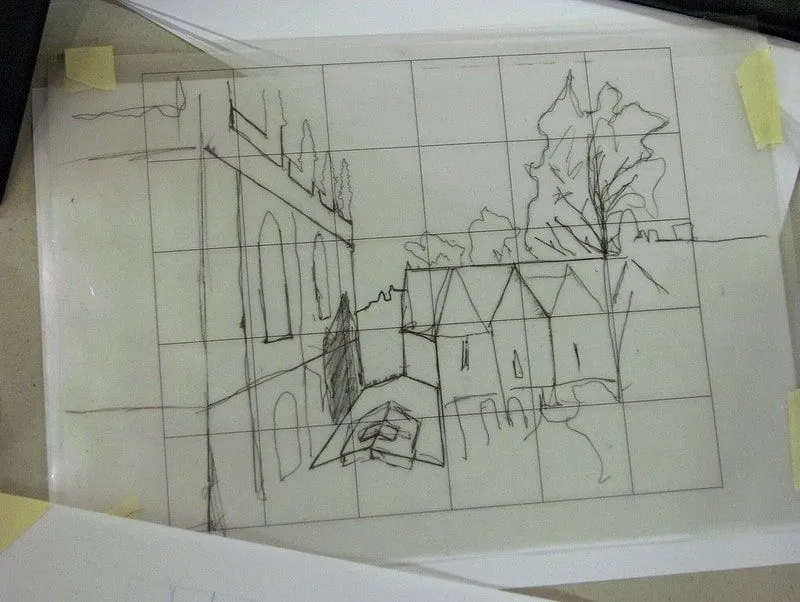
Using the information above, design your own Roman town with all of the buildings in the correct place.
Explore the artefacts from this period on the Museum of London website.
Using a map or a list of British cities, make a list of all the place names that may be a Roman site.
Read The Disclaimer
At Kidadl we pride ourselves on offering families original ideas to make the most of time spent together at home or out and about, wherever you are in the world. We strive to recommend the very best things that are suggested by our community and are things we would do ourselves - our aim is to be the trusted friend to parents.
We try our very best, but cannot guarantee perfection. We will always aim to give you accurate information at the date of publication - however, information does change, so it’s important you do your own research, double-check and make the decision that is right for your family.
Kidadl provides inspiration to entertain and educate your children. We recognise that not all activities and ideas are appropriate and suitable for all children and families or in all circumstances. Our recommended activities are based on age but these are a guide. We recommend that these ideas are used as inspiration, that ideas are undertaken with appropriate adult supervision, and that each adult uses their own discretion and knowledge of their children to consider the safety and suitability.
Kidadl cannot accept liability for the execution of these ideas, and parental supervision is advised at all times, as safety is paramount. Anyone using the information provided by Kidadl does so at their own risk and we can not accept liability if things go wrong.
Kidadl is independent and to make our service free to you the reader we are supported by advertising.
We hope you love our recommendations for products and services! What we suggest is selected independently by the Kidadl team. If you purchase using the buy now button we may earn a small commission. This does not influence our choices. Please note: prices are correct and items are available at the time the article was published.
Kidadl has a number of affiliate partners that we work with including Amazon. Please note that Kidadl is a participant in the Amazon Services LLC Associates Program, an affiliate advertising program designed to provide a means for sites to earn advertising fees by advertising and linking to amazon.
We also link to other websites, but are not responsible for their content.
Was this article helpful?
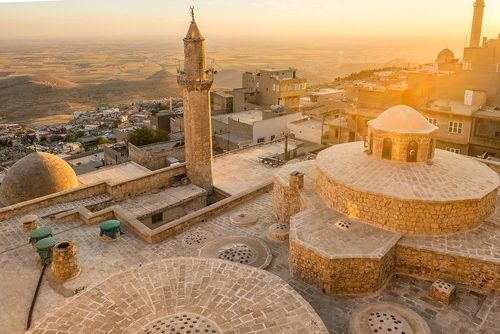
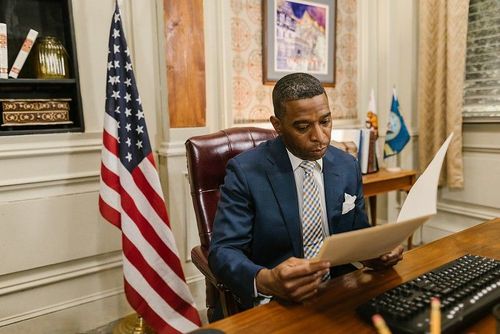
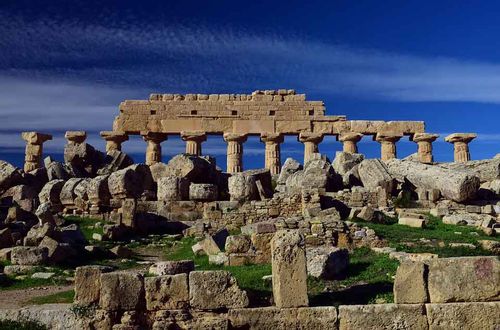
Browse Category

We’ll send you tons of inspiration to help you find a hidden gem in your local area or plan a big day out.



Check your inbox for your latest news from us. You have subscribed to:
Remember that you can always manage your preferences or unsubscribe through the link at the foot of each newsletter.